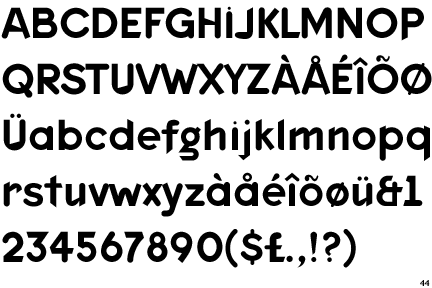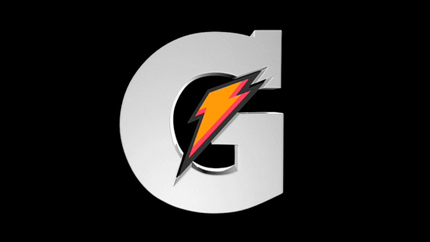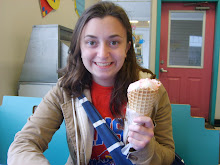
02) who designed it, dates of birth and death
Firmin Didot: April 14, 1764 – April 24, 1836
03) when was it designed
1784
04) which classification does it belong
Serif
05) write at least 75 – 100 words about the classification
Serifs are the finishing strokes in all letters other than O, o, and Q. Since the fifteenth century, the shape of these little feet has defined the evolution of serif typefaces as typographers reacted to the work of their predecessors and adapted to new printing technologies. Transitionals, with more defined serifs and a more vertical structure, paved the way for a distancing from calligraphic letterforms with the introduction of the Didones- the name derives from Firmin Didot and Giambattista Bodoni- or Moderns in the eighteenth century, with their simplified serifs and high contrast.
06) name 3 fonts that are from that same classification
Baskerville, Trajan, Bembo
07) what was happening in the world in the year the font was designed
On January 14, 1784, the Treaty of Paris was ratified by the Congress of the United States, while they met in the Senate Chamber of the Maryland State House. The Treaty formally ended the Revolutionary War and established the United States as a free and independent nation.
In the North, slavery was abolished in the state constitution of New Hampshire in 1784.
Benjamin Franklin invents bifocal spectacles.
08) name any other fonts by the designer (if the did a lot you can stop at 3)
09) Write at least 500 words about your designer or history of the font.
When designing Didot, Firmin Didot moved away from the handlettering and calligraphic characteristics of the era in search of a cleaner and more legible solution. This was accomplished with high contrast in the strokes and the use of hairlines and horizontal serifs with little bracketing. These changes personified the beginning of the modern style, and Didot became the French standard for over a century. As happens with older, successful typefaces, Didot has been redrawn many times, weathering the process of reinterpretation and new technologies; Adrian Frutiger’s version for Linotype may be the best regarded; but the more modern interpretation by Hoefler & Frere-Jones, designed for Harper’s Bazaar and later made available for retail, features seven optical sizes- from 6 point to 96 point- that optimize each size to maintain the contrast and finesse deserved by the elegant Didot.
The House of Didot in Paris, France, was one of the most illustrious in the annals of typography. In 1789, no less than seven members of the family were engaged in various branches of the book trade. The House of Didot were the King's printers and encouraged the cutting of new types.
The most important of the three generations of Didot as far as type design is concerned is Firmin. He is responsible for the first modern roman typeface in 1784, which became known as "type Didot". It remains France's greatest contribution to type design. was a French printer, engraver, and type founder. He invented the word "stereotype", which in printing refers to the metal printing plate created for the actual printing of pages (as opposed to printing pages directly with movable type), and used the process extensively, revolutionizing the book trade by his cheap editions. His manufactory was a place of pilgrimage for the printers of the world.
Firmin Didot was born in Paris into a family of printers founded by François Didot, the father of 11 children. Firmin was one of his grandchildren. The family's paper manufactory was located at Essonnes, a town c. 30 km southeast of Paris near Corbeil, which had notable paper factories.
France is indebted to the Didot family for the publication of the Biographie Nationale, and Belgium is also indebted for the establishment of her Royal Press. Relatives of Firmin Didot include François Ambroise Didot (1730–1804); Pierre François Didot (1732–95); Henri Didot (1765–1862); and Pierre Didot (1760–1853).
Along with Giambattista Bodoni of Italy, Firmin Didot is credited with establishing the use of the "Modern" classification of typefaces. The types that Didot used are characterized by extreme contrast in thick strokes and thin strokes, by the use of hairline serifs and by the vertical stress of the letters. Many fonts today are available based on Firmin Didot's typefaces. These include Linotype Didot and HTF Didot.
Firmin Didot cut the letters, and caszt them as type. His borther Pierre Didot used the types in printing. His edition of La Henriade by Voltaire in 1818 is considered his masterwork. The typeface takes inspiration from John Baskerville's experimentation with increasing stroke contrast and a more condensed armature. The Didot family's development of high contrast typeface with an increased stress is contemporary to similar faces developed by Giambattista Bodoni in Italy Didot is described as neoclassical, and is evocative of the Age of Enlightenment
10) one quote (by the designer, by someone talking about the font, or a quote about design that "fits").
“Typography fostered the modern idea of individuality, but it destroyed the medieval sense of community and integration.”
























